How To Check For Lice Infestation And Ways To Deal With It
Detect lice colonies in your hair with our tips and eliminate them before it is too late.

Image: Shutterstock
Head lice can cause pediculosis capitis (a condition caused by head louse infestation). These wingless insects do not spread any disease but can spread easily from one another and cause an itchy sensation, irritation, and sores that develop from scratch. But how do you check for head lice? Are there any effective ways? Thankfully, yes. Lice are not a cause for panic as they are easy to treat, and you definitely do not need to shave your head!
A survey was conducted among 1118 children to find out the prevalence of head lice during the Covid-19 lockdown. All children were inspected for lice once a week. Only 15.4% of them had a high head lice infestation. The prevalence of lice decreased significantly from 69.6% to 43.9% in 2020 due to the quarantine measures.
In this article, we explore proven methods and techniques that can help you check for head lice. Keep reading to know more.
In This Article
How To Differentiate Between Lice And Dandruff?
Most people often confuse lice with dandruff. Learning to differentiate between the two is the first step to understanding if you have a lice infestation. The only similarity they both share is that both conditions cause itching on the scalp (1). Continue reading for a detailed breakdown of the lice vs. dandruff confusion.
The following pointers can help you differentiate between the two:
- While lice lay eggs on the hair, dandruff occurs on the scalp.
- Lice can easily spread between people, while dandruff is not contagious.
- Lice itch usually occurs in intervals, and you experience a crawling sensation on your scalp (1). Dandruff gives you a severe itch when the scalp is dry. It may also turn the scalp pink (1) .
- Lice are tiny and appear like small brown bugs. Dandruff appears as yellow/white flakes. Lice eggs (called nits) are attached to the hair close to the roots and appear tiny and white.
This is how you can tell head lice from dandruff. Let us now understand how you can check for head lice.
Key Takeaways
- If your scalp itches and you also experience a crawling sensation, you might have a lice infestation.
- While lice are small, brown bugs, dandruff appears as yellow or white flakes.
- Shampooing and conditioning your hair with medicated products can help you remove lice easily.
- A fine-toothed comb will also help you catch dislodged lice.
What Is The Best Way To Check For Lice?
Do you feel the urge to scratch your scalp? It is possible you could be battling lice infestation. If the itch is also accompanied by a crawling/tickling sensation on your scalp, you may be sure of your head lice. Full-grown adult lice on your scalp could grow up to 3 mm long and have flat and wingless bodies. With their six legs, they can crawl along with your hair and scalp with ease. The lice eggs usually stick firmly to your hair. You can remove them with a fine-toothed comb (1). There are also specialized combs that are finer than a regular fine-toothed comb and can be used to remove lice and nits thoroughly.
You will need various tools to check for a lice infestation and. Removing lice also involves certain procedures. We will cover them all below.
Tools
Here are some tools that can help you check for lice infestation and treat it:
- Find a space with a bright light that allows you to check your scalp with ease.
- You will also need a comb with very fine teeth and hair clips.
- You will also find several shampoos that can be used on wet hair and leave-in products available at pharmacies.
 Quick Tip
Quick TipProcedure
Check for head lice often to ensure they do not spread. Here is how you can use the tools mentioned above for the best results.
- You will need a mirror to get a good view of your scalp. Ensure there is bright light or even natural sunlight. This will help you avoid excess eye strain while detecting lice. If you are checking lice for someone else, you may also use a magnifying glass.
- Ensure your scalp is wet as lice cannot move around easily in this condition. Certain medicated shampoos may douse the lice for an hour or so, making them easily detectable. Shampooing and conditioning your hair can help you remove lice easily.
- Part the hair into sections and secure each with clips or bands while working on a particular section.
- Move a fine-toothed comb from the scalp to the hair tips in slow, steady movements. After each run, check the comb’s teeth to see if you have caught any dislodged lice.
- Repeat the process on all the hair sections till you cover your entire head.
- To check if there are nits left on the hair, simply use your fingernail to pinch a hair strand and try to scratch the white flake off it. If the flake comes off, it is just dandruff or dead skin. If it is completely stuck and not budging, it is a nit (louse egg).
- Carry out this procedure at least once a week to relieve yourself of lice.
You may also learn how to check for lice without a comb and pick them with your hands. But this could be more challenging.
We have listed a few more methods to deal with a lice infestation.
Other Ways To Deal With A Lice Infestation
- Choose a relevant prescription medicine, a shampoo, or a lotion, and apply it to the scalp as per the directed quantities.
- Olive oil and other deep-conditioning masks are also effective for removing lice.
- Check for lice on the scalp after the treatment and comb out the dead lice with the help of a fine comb.
- Repeat the procedure every 2 to 3 days in combination with combing to remove lice.
- Clean the surfaces that may come in contact with your head.
 Quick Tip
Quick Tip- Change your prescription product (after consulting your doctor) if you do not see results even after 2 to 3 weeks.
- You may try some oils for head lice prevention, like peppermint, lavender, etc., though research about their efficacy is limited. It is best to choose silicone-based products for removing head lice (2).
- Another way that is claimed to prevent lice in the future is to use shampoos and conditioners containing rosemary.
- Wash your pillowcases, sheets, towels, headbands, and hats with hot water and vinegar.
Daniel, a blogger discusses their recent experience with head lice affecting their two boys. They share some key facts about head lice, highlighting their small size, life cycle, and methods of transmission. They write, “I know in the facts that it says they can’t survive on pillows or sheets. This is true because they need to feed. However, it occurred to me that the eggs take 7 to 10 days to hatch and if they were on the pillows or sheets that they could re enter the hair so subsequently I’ve washed them anyway on a high wash (i).”
Final Words
Although head lice may not cause any severe infection, these can spread from one person to another. They cause itching and scalp irritation. Hence, knowing how to check for lice infestation helps tackle them effectively. If you have a constant itching sensation on your scalp, a head lice infestation is possible. Also, if you experience a crawling sensation, you can be sure of head lice infestation. You can also detect head lice with any of the methods mentioned above. Lastly, once you detect the infestation and want to know how to get rid of head lice, you can try the tips given above. Further, use prescribed medication and follow a few home remedies to eliminate head lice quickly.
Frequently Asked Questions
How long can you have lice before noticing?
It depends on your symptoms. You can discover the infestation within a few hours due to the constant itching. However, you may not experience an itchy scalp, and it may take a few days to weeks before seeing the nits and lice.
What happens if lice go untreated?
Untreated lice may cause a bacterial infection with itchy rashes.
Are lice more active at night?
Yes, lice are nocturnal creatures that find food, lay eggs, and move around in your hair much more at night.
Can you squish lice with your fingers?
No, you may need to use your fingernails or a hard object to squish lice.
Can lice go away with shampoo?
Yes, shampoos can kill the live lice in your hair. However, you must repeat it a few times to eliminate all the nits.
Learn practical tips on managing lice infestations from the video below. From effective treatments to preventive measures, know how to easily handle this common challenge and maintain a lice-free environment. Click play to find out more.
Personal Experience: Source
StyleCraze's articles are interwoven with authentic personal narratives that provide depth and resonance to our content. Below are the sources of the personal accounts referenced in this article.
(i) Head Licehttps://www.insidemartynsthoughts.com/2014/11/head-lice.html?m=1
References
Articles on StyleCraze are backed by verified information from peer-reviewed and academic research papers, reputed organizations, research institutions, and medical associations to ensure accuracy and relevance. Read our editorial policy to learn more.
- Head lice: Overview
https://www.ncbi.nlm.nih.gov/books/NBK279329/ - Comparing the Efficacy of Commercially Available Insecticide and Dimeticone based Solutions on Head Lice, Pediculus capitis: in vitro Trials
https://pubmed.ncbi.nlm.nih.gov/26809918/
Read full bio of Tiffany Young
Read full bio of Annie Jangam
Read full bio of Anjali Sayee
Read full bio of Swathi E






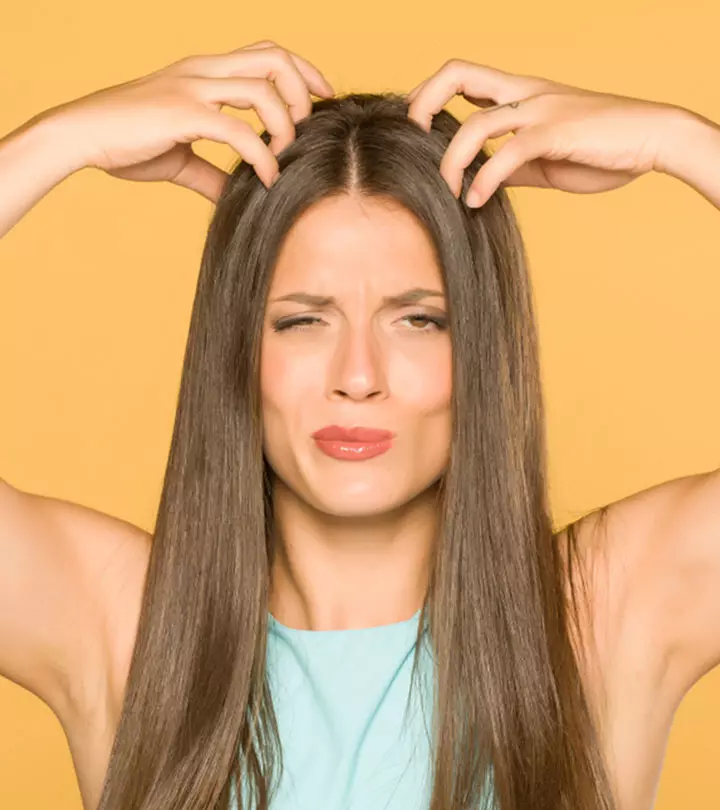
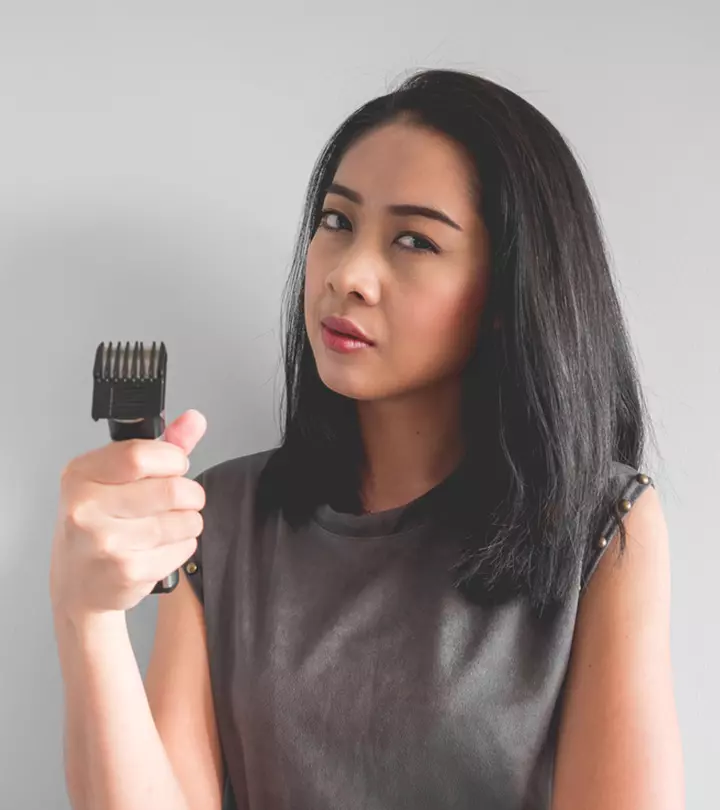
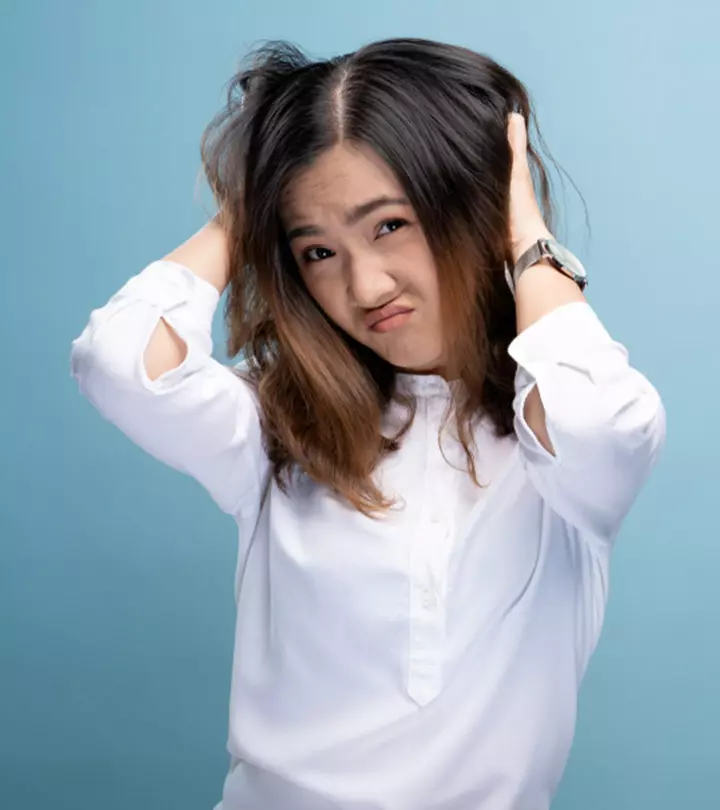

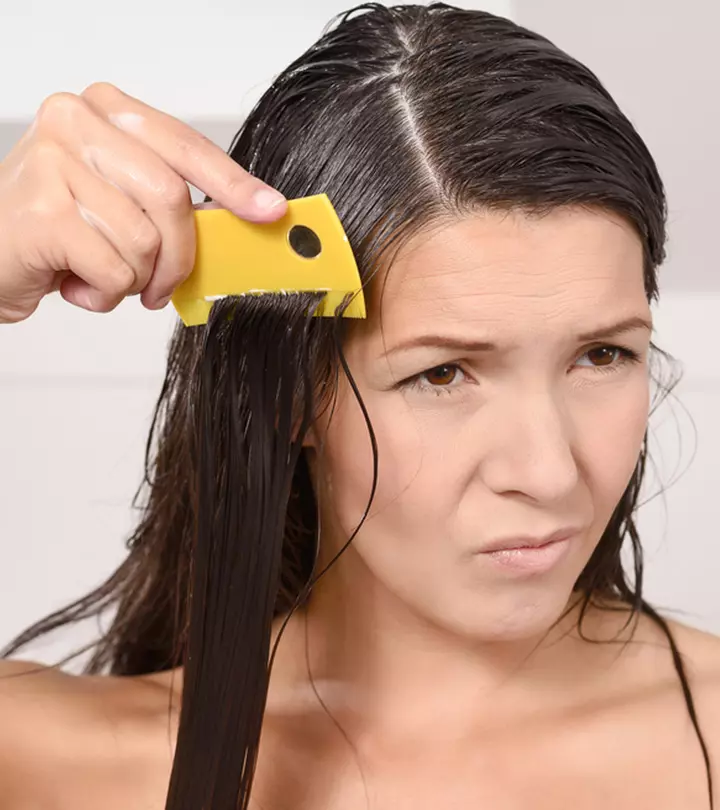
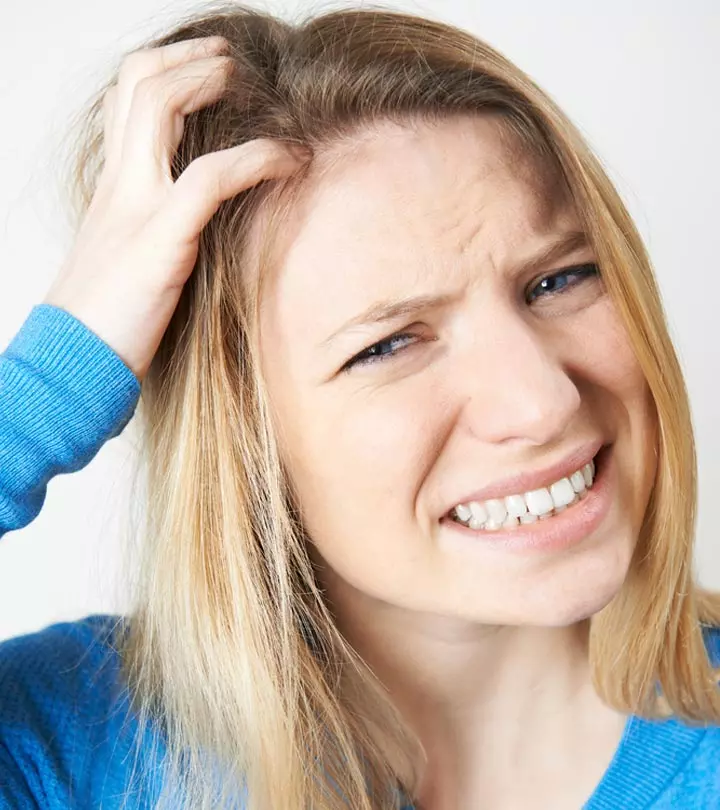
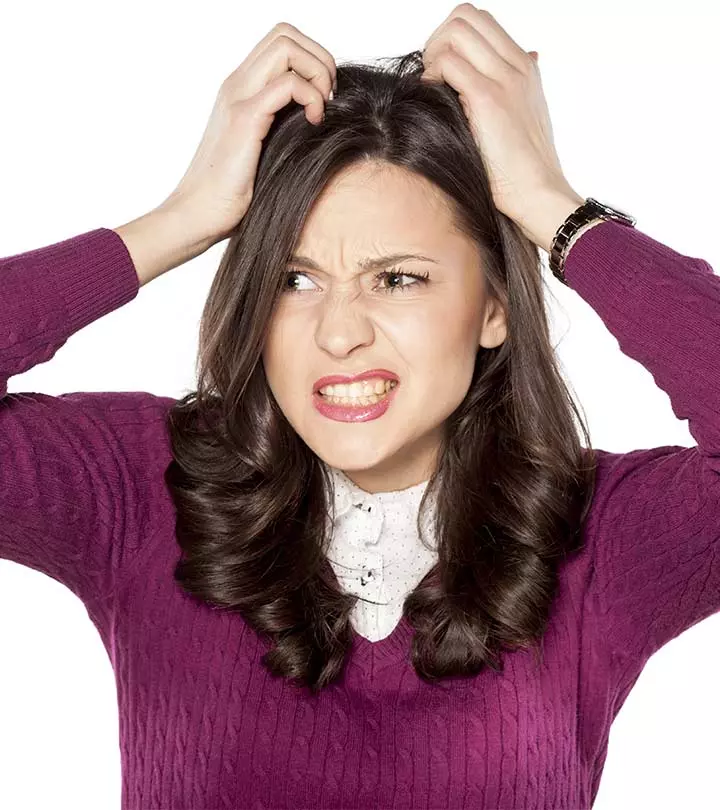
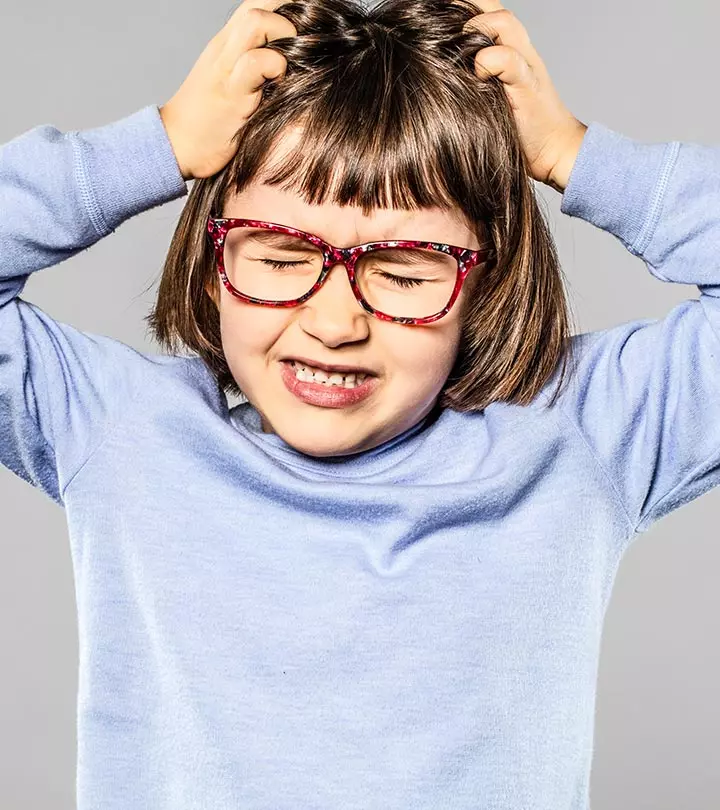
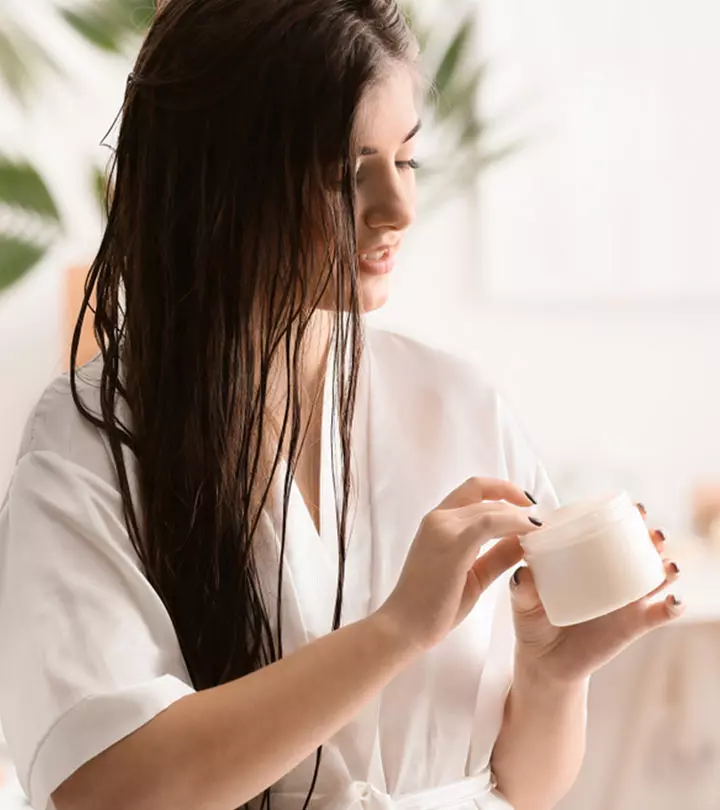
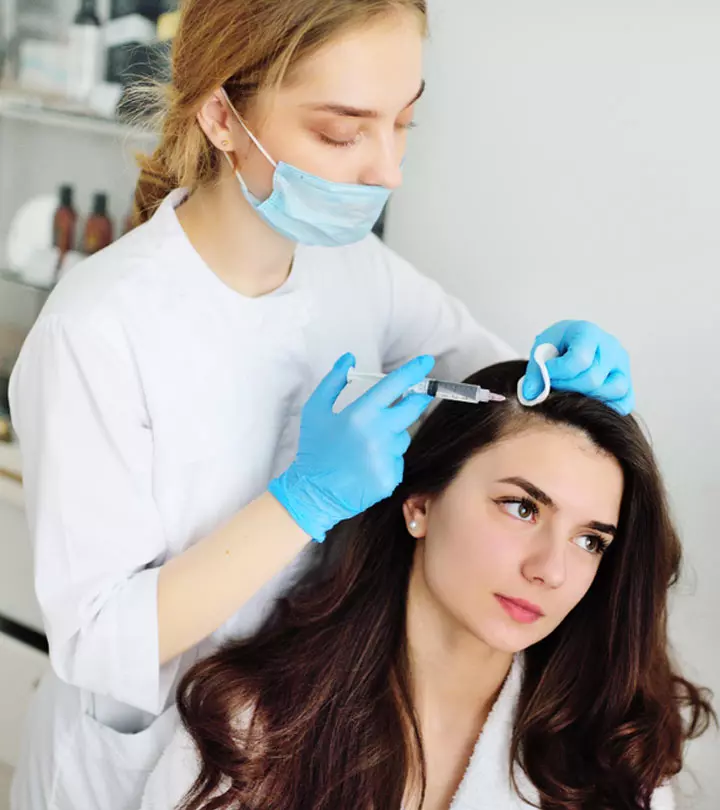
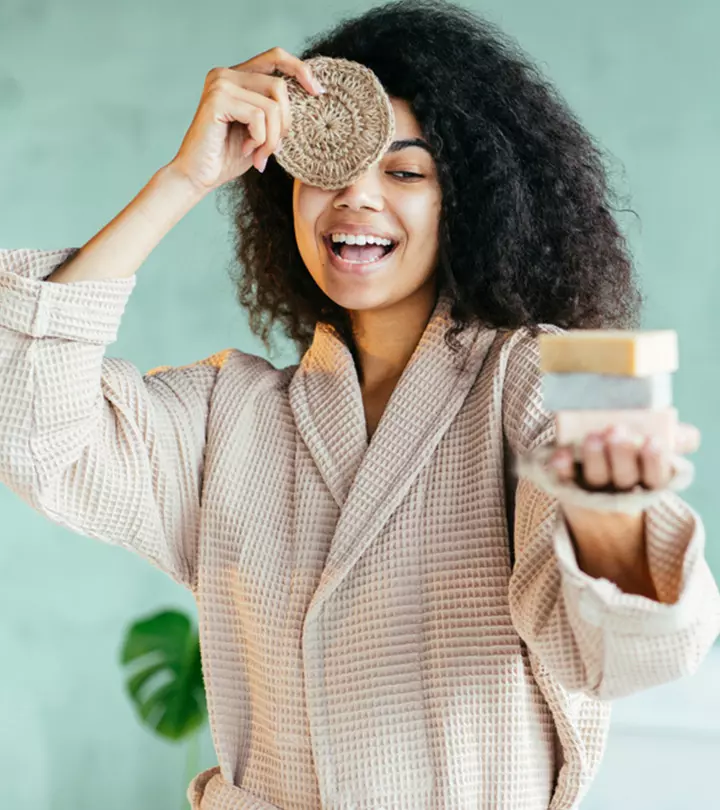
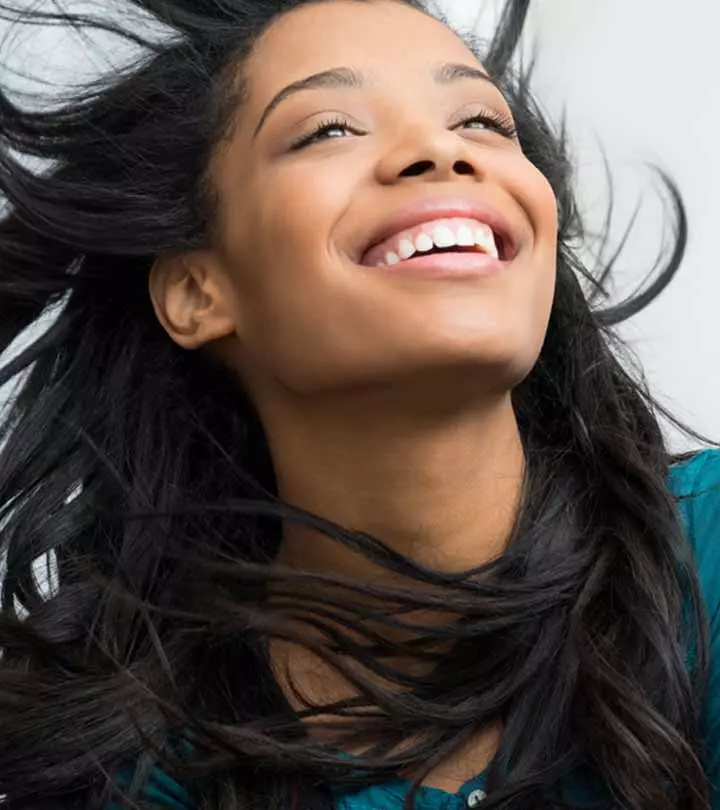


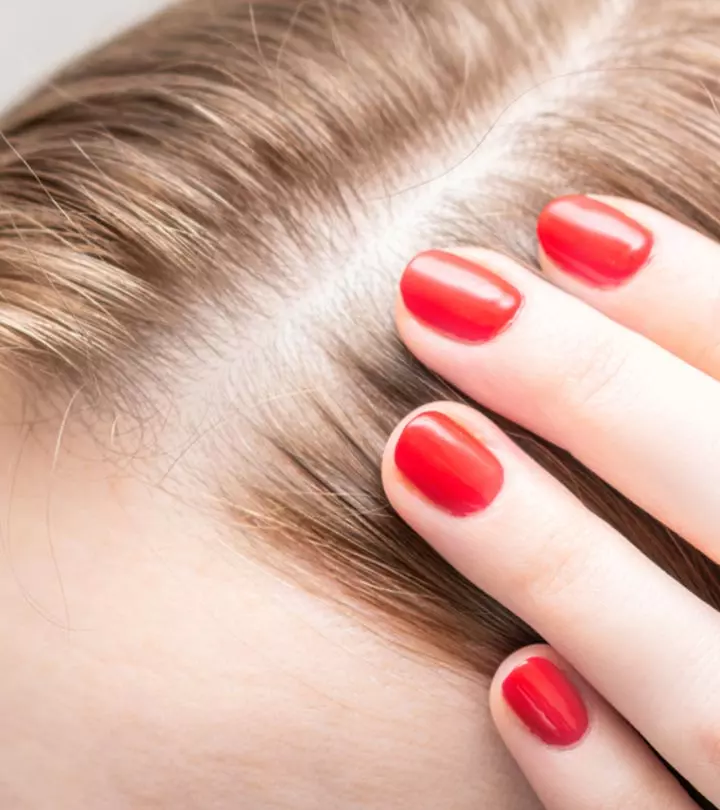
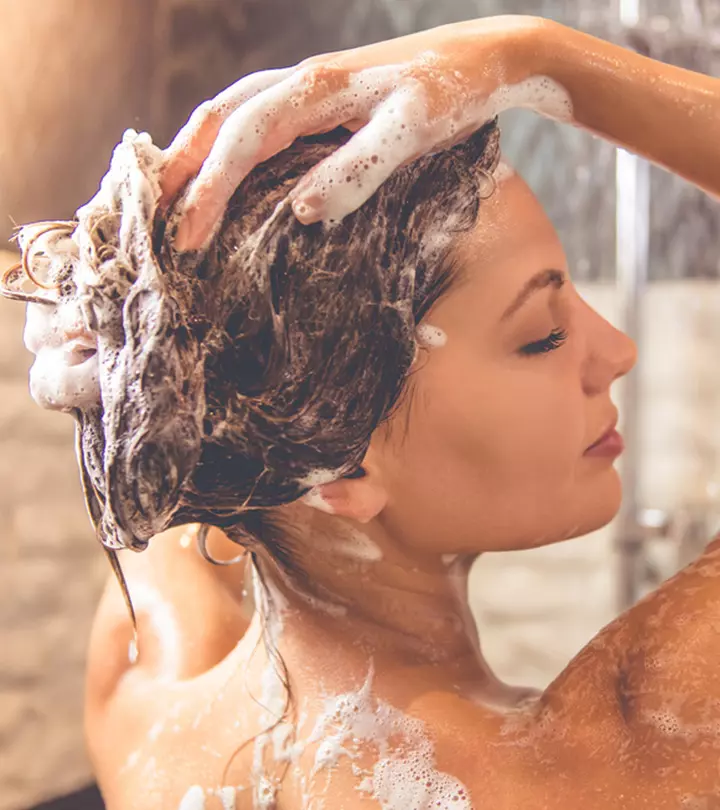
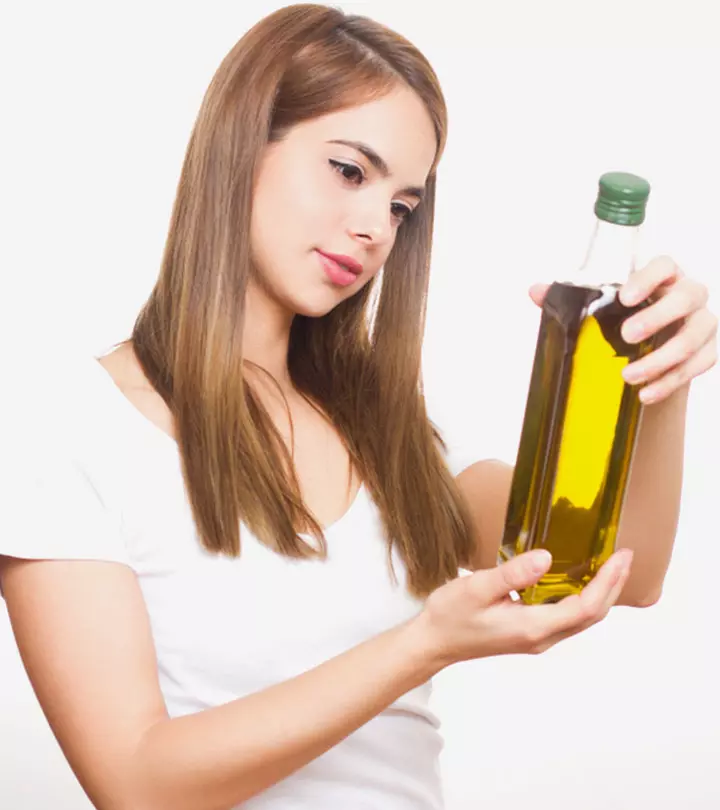

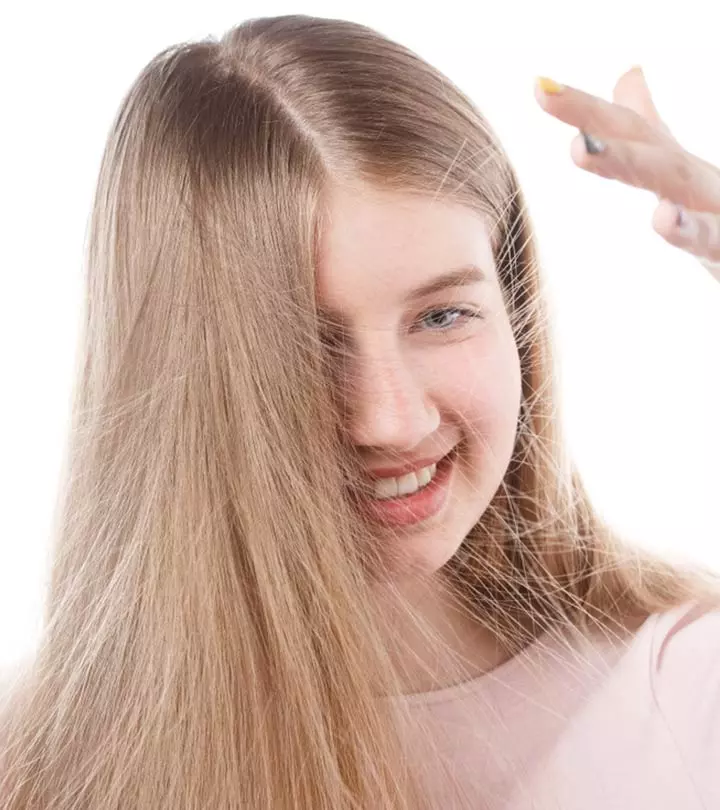
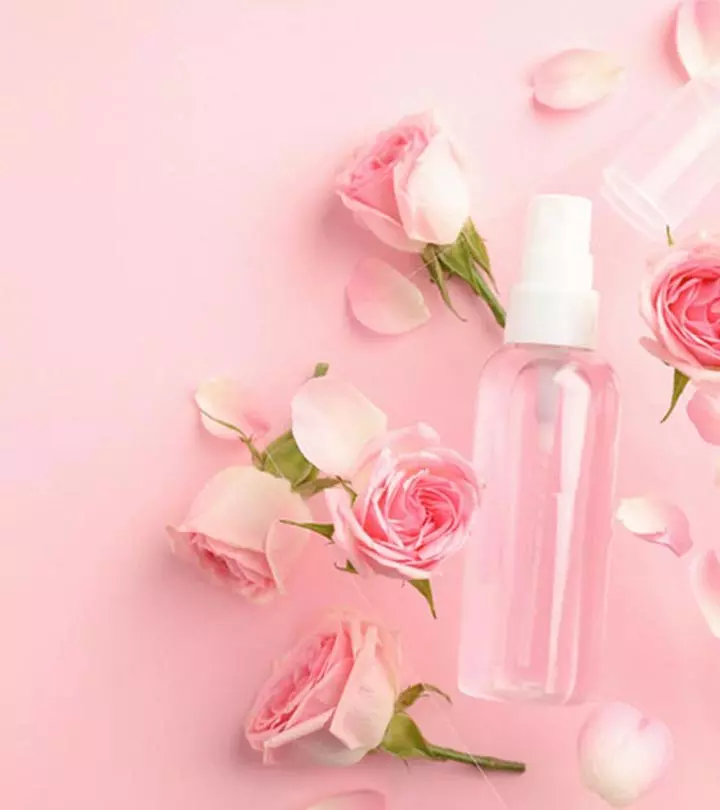
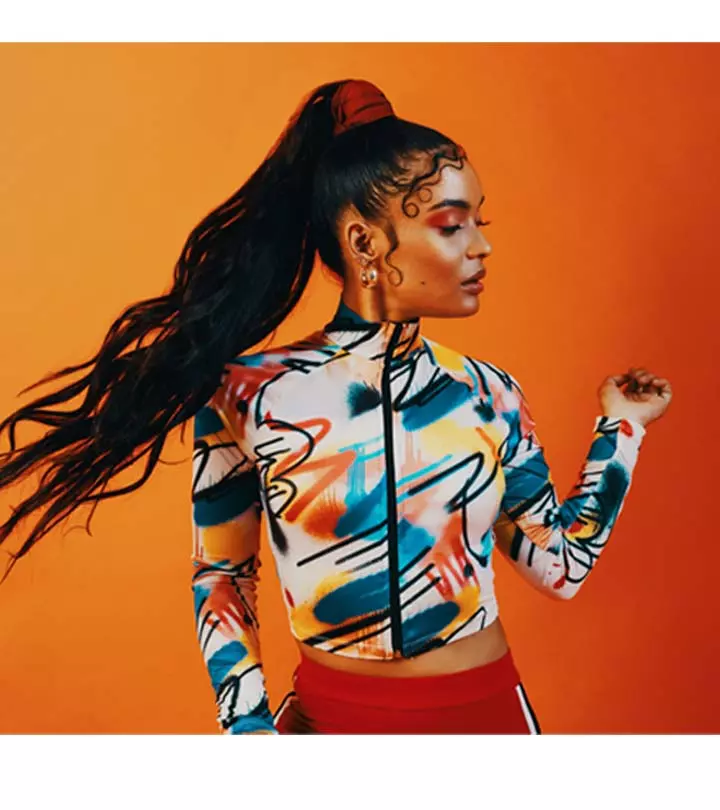
Community Experiences
Join the conversation and become a part of our empowering community! Share your stories, experiences, and insights to connect with other beauty, lifestyle, and health enthusiasts.